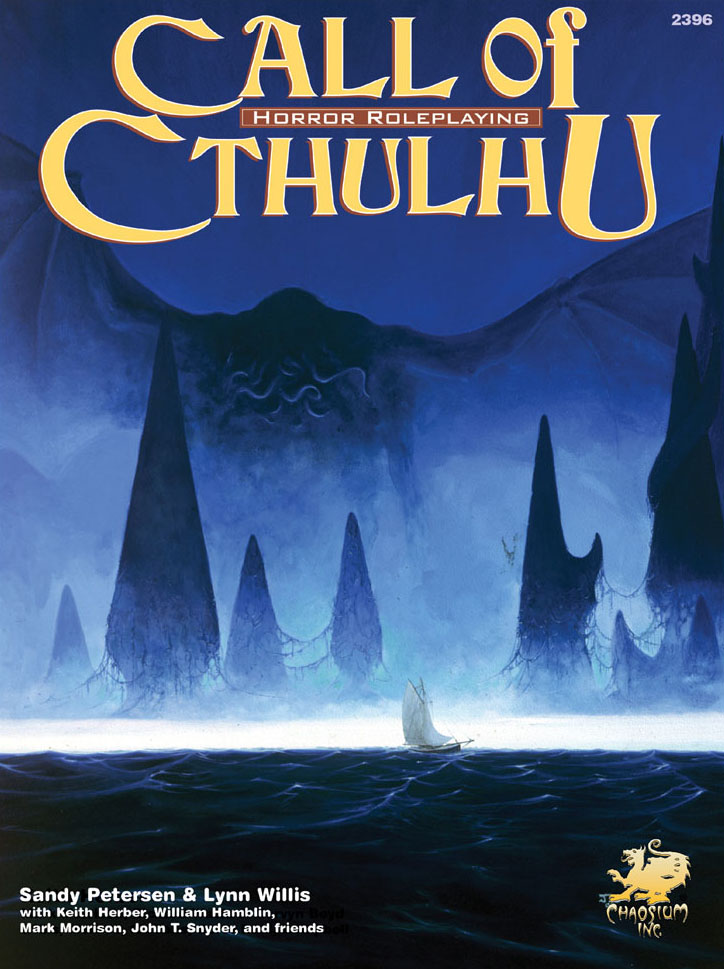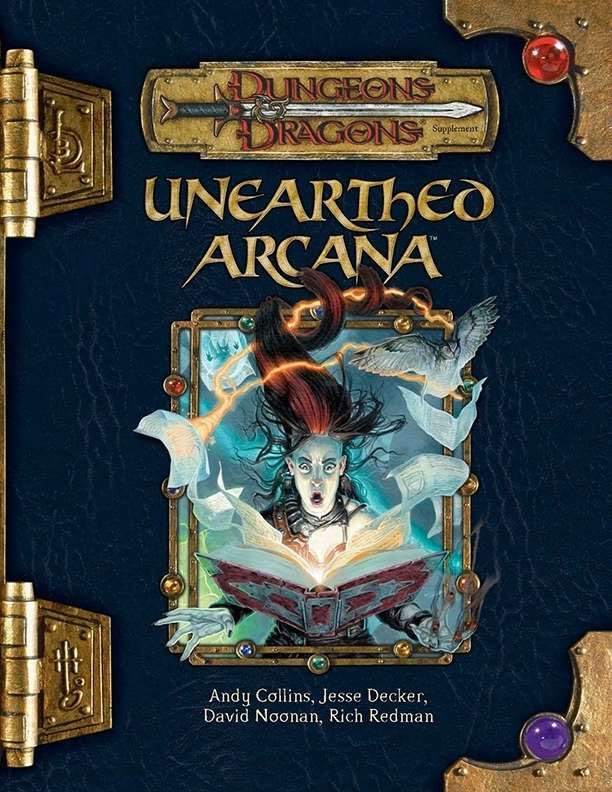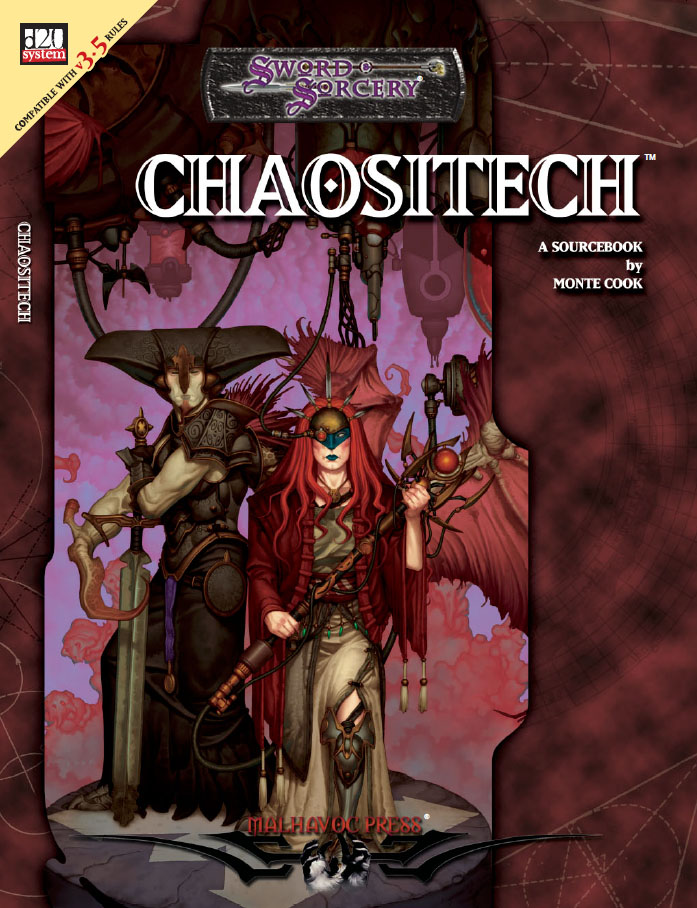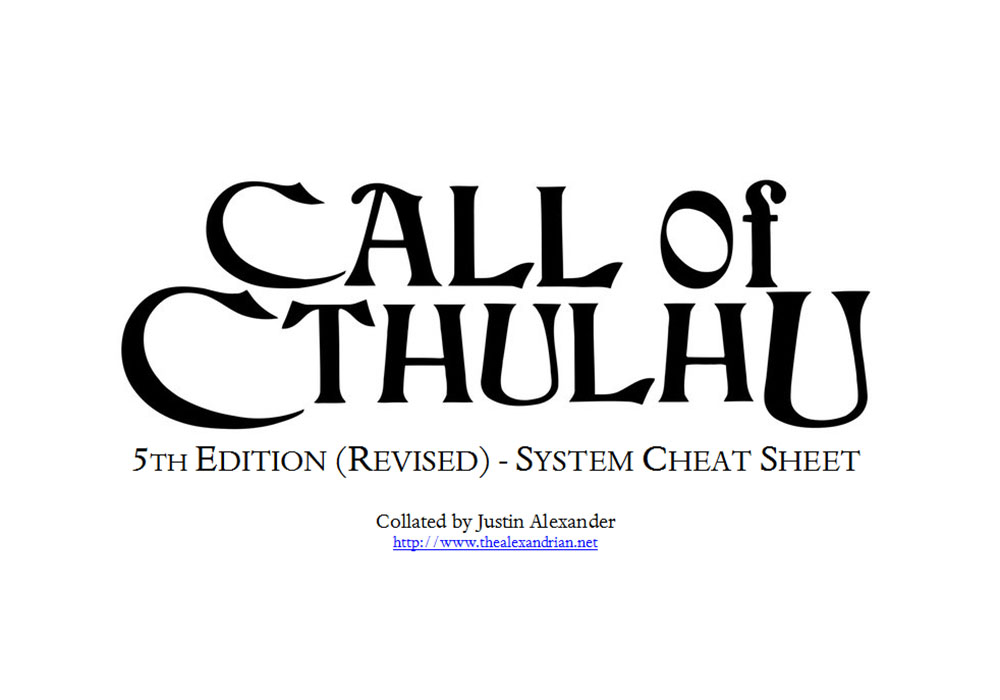Session 15C: The Taint of Ghul
Ranthir suspected that the temple they had explored was a tainted place. It was also possible that some of the items they had taken from the Labyrinth were tainted themselves…
When I created the Western Lands setting for my first 3rd Edition campaign, there was a Lovecraftian element I wanted to include and I decided to try modeling that element with a Call of Cthulhu-inspired  Sanity mechanic.
Sanity mechanic.
Quick verdict here: This doesn’t work with D&D.
First, the D&D milieu already incorporates Lovecraftian elements, but does so through a distinct literary tradition descending from the sword and sorcery tales of Robert E. Howard and Clark Ashton Smith.
Second, D&D is an intensely and inherently violent game. Call of Cthulhu’s Sanity is calibrated to model the reaction to such violence realistically (with psychological devastation), but, once again, D&D’s treatment of violence is heroic and legendary in character.
It’s just a complete mismatch. I scrapped the Sanity rules.
Nonetheless, there was this aspect of the setting that I felt needed to pop mechanically in order to properly emphasize that it very specifically wasn’t just a traditional part of D&D’s kitchen sink of fantasy. This other order of beings that wasn’t just a different breed of monsters, but something inimical to the very fabric of reality itself.
When Unearthed Arcana came out, it included its own set of Call of Cthulhu-derived Sanity mechanics. I briefly incorporated those into my house rules document, but they never really made it into play. It was still clear to me that they weren’t going to work.
 Unearthed Arcana, however, also included a separate mechanic referred to as Taint. This was much closer to what I wanted: Something that infected certain locations, objects, and characters. Something that basically allowed me to “tag” certain aspects of the game world and say, “This is bad mojo. This is Mordor. This is the broken symmetry. This is the singularity beyond which your perception of the world is cracked.”
Unearthed Arcana, however, also included a separate mechanic referred to as Taint. This was much closer to what I wanted: Something that infected certain locations, objects, and characters. Something that basically allowed me to “tag” certain aspects of the game world and say, “This is bad mojo. This is Mordor. This is the broken symmetry. This is the singularity beyond which your perception of the world is cracked.”
And it basically worked. I found the rules from Unearthed Arcana a trifle overwrought, so I streamlined and simplified them when I incorporated them into my house rules, and they were brought fully online in the campaign immediately preceding In the Shadow of the Spire.
Later, Monte Cook published a sourcebook called Chaositech detailing a sort of steampunk-ish technology driven by chaotic energies. I thought the idea was really cool and wanted to incorporate it into the existing technomantic arts of my campaign world even before chaositech turned out to be an integral part of Cook’s Ptolus setting.
 Chaositech, however, featured another overwrought system for the mutations and other effects suffered by characters wielding it. I realized that I could rip that whole set of mechanics out and basically plug in the Taint mechanics that were already part of my campaign.
Chaositech, however, featured another overwrought system for the mutations and other effects suffered by characters wielding it. I realized that I could rip that whole set of mechanics out and basically plug in the Taint mechanics that were already part of my campaign.
Here, too, the taint worked: It created fear in the places where D&D characters typically don’t feel fear. And, in the case of chaositech, it created a clear and definite distinction which made it clear that these strange, technomantic machines weren’t just a simple substitute for magical items. They were something different. They were something other.
If anything, taint has proved a little too effective in the campaign: I thought there would some dabbling with chaositech. But the PCs want absolutely nothing to do with taint. In the current session they are only beginning to comprehend its jeopardy, but you’ll shortly see that the moment they identify something as tainted, they will immediately take steps to dispose of it.
Although that, too, would ultimately prove to have fascinating consequences.












